How Do Lasers Remove Sun Spots and Freckles?
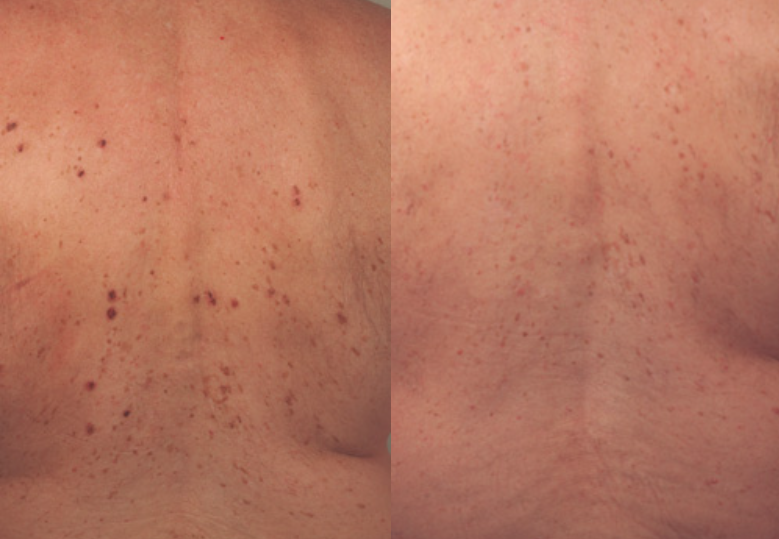
Freckles and sun spots are common skin concerns that appear due to sun exposure, genetics, or the natural aging process. While some people embrace them, others prefer a clearer, more even skin tone. Thanks to modern technology, laser treatment for freckles and sun spots has become one of the most effective solutions for restoring smooth, […]
Can Lasers Be Used to Treat Syringoma?
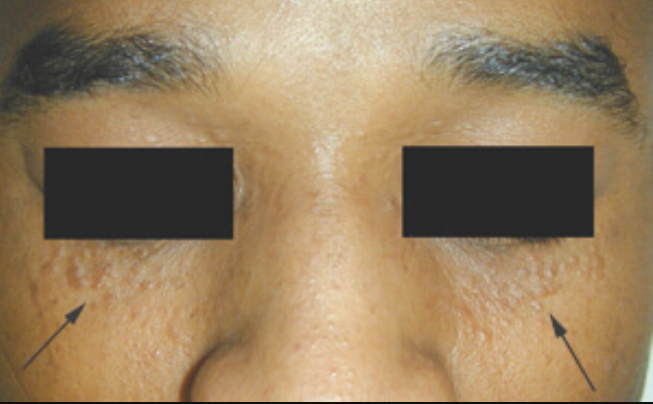
Are you noticing small bumps around your eyes? These tiny, skin-colored spots are called syringomas. They are harmless but often bothersome because they don’t go away on their own. Fortunately, there are effective treatment options available. What Is Syringoma? Syringomas are small, firm bumps that usually appear in your teens or twenties, commonly under the […]
Can I Scar After Laser Tattoo Removal?
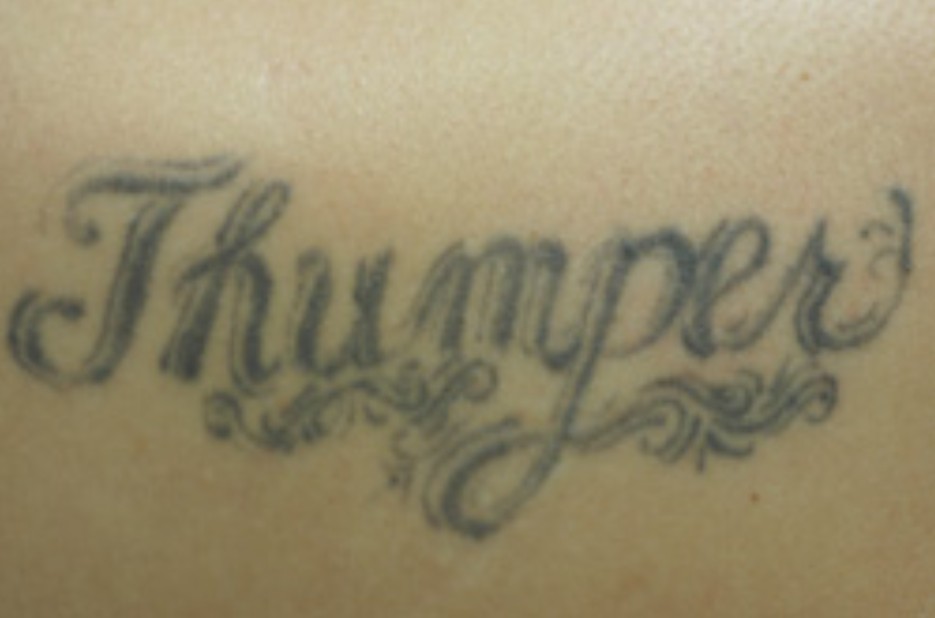
Tattoo removal lasers are powerful medical devices designed to break apart ink that was meant to be permanent. When performed by an experienced practitioner, treatment is generally safe and effective. However, many patients worry: “Will tattoo removal leave a scar?” The answer depends on several factors, including your skin type, the technology used, and how […]
Laser Treatment for Spider Veins: What You Need to Know
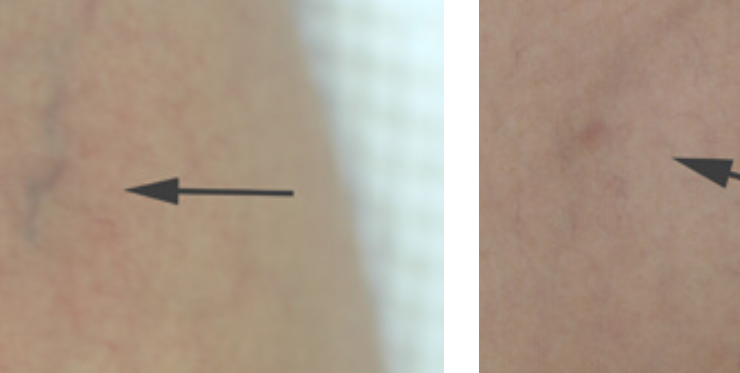
Spider veins are small, visible blood vessels that appear close to the surface of the skin. They often show up as thin red, blue, or purple lines on the legs, ankles, or face. While harmless in most cases, many people feel self-conscious about their appearance and look for ways to remove them. One of the […]
Poikiloderma of Civatte: Causes, Symptoms, and Treatments
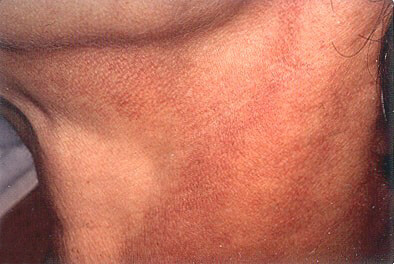
Poikiloderma of Civatte is a common skin condition that causes red and brown discoloration, often appearing on the neck, chest, and face. While it’s harmless, it can be bothersome for those seeking an even skin tone. At Celibre Medical, we specialize in effective Poikiloderma of Civatte treatments, including laser therapy, creams, and lifestyle guidance, to […]
Is it Normal if I Have Red Bumps After Laser Hair Removal?
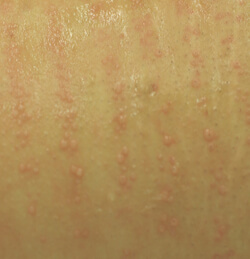
Red Bumps After Laser Hair Removal Are Normal If you’ve had a laser hair removal treatment and noticed almost immediately after that you had numerous red, raised bumps, you can take a deep breath and relax—this is totally normal! It is a phenomenon known as “follicular edema” and it’s basically swelling around the treated hair […]
What Causes White Stretch Marks?
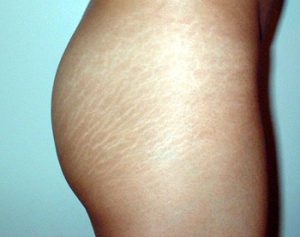
Stretch marks come in all different colors—red, brown, and white are the most common. They can affect both men and women, and can occur anywhere on your body. They happen because of a (fairly) rapid increase in size of the body where your skin just cannot keep pace. Pregnancy, puberty and rapid weight gain can […]
Sunspots on Face & Body: Safe, Effective Treatments for Clearer Skin
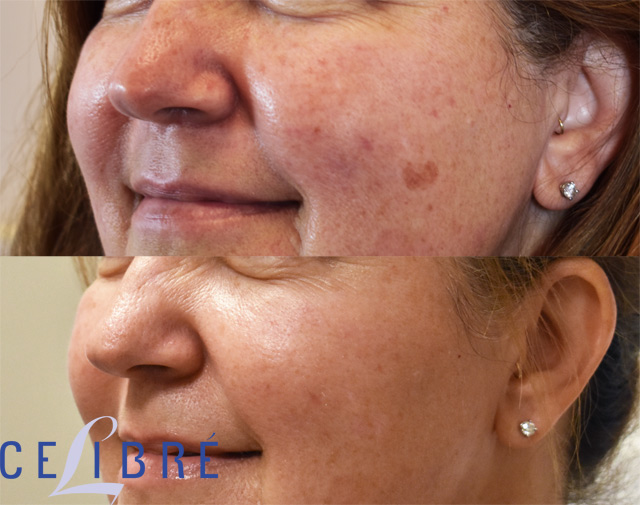
Goodbye to Sun Spots: Laser Solutions for Clearer Skin If you’re noticing brown spots on your skin, especially sunspots on face, it may be time to consult a skin and laser specialist. Many people assume that these spots—whether age spots, freckles, moles, or liver spots—only appear as they get older. In reality, sun damage accumulated […]
Can Laser Treatment Help My Birthmark with Hair?
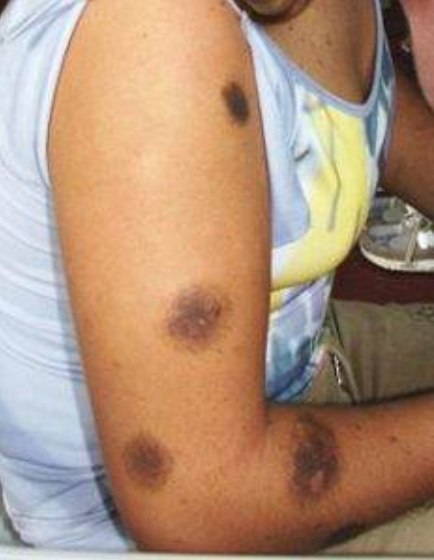
We know birthmarks can be embarrassing. When you have one that grows hair, it can be even worse. We understand the emotional and psychological difficulty of living with this type of birthmark. And we have a laser treatment program for brown birthmarks that is safe and effective. However, some brown birthmarks (those with hair) fall […]
What is Poikiloderma?
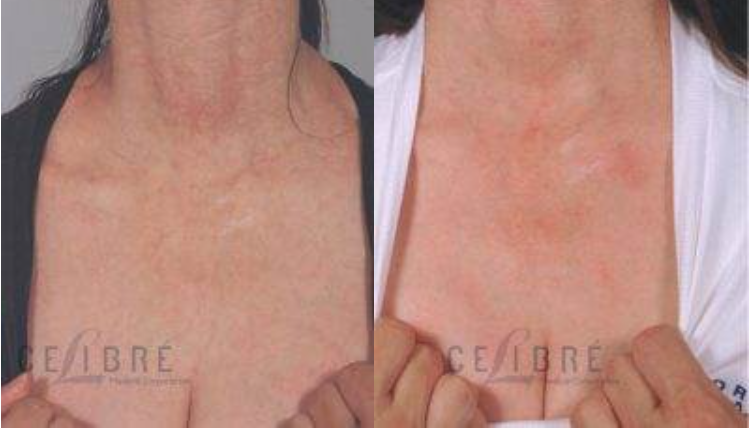
Chances are you’ve seen poikiloderma—you just didn’t know what it was! Poikiloderma is the discoloration of the neck and chest that can happen after years and years of sun exposure. That’s right…Poikiloderma is a very specific form of sun damage. It occurs on the sides of the neck (not on the front, which is shadowed […]
Laser Removal of Speckled Nevi Birthmarks
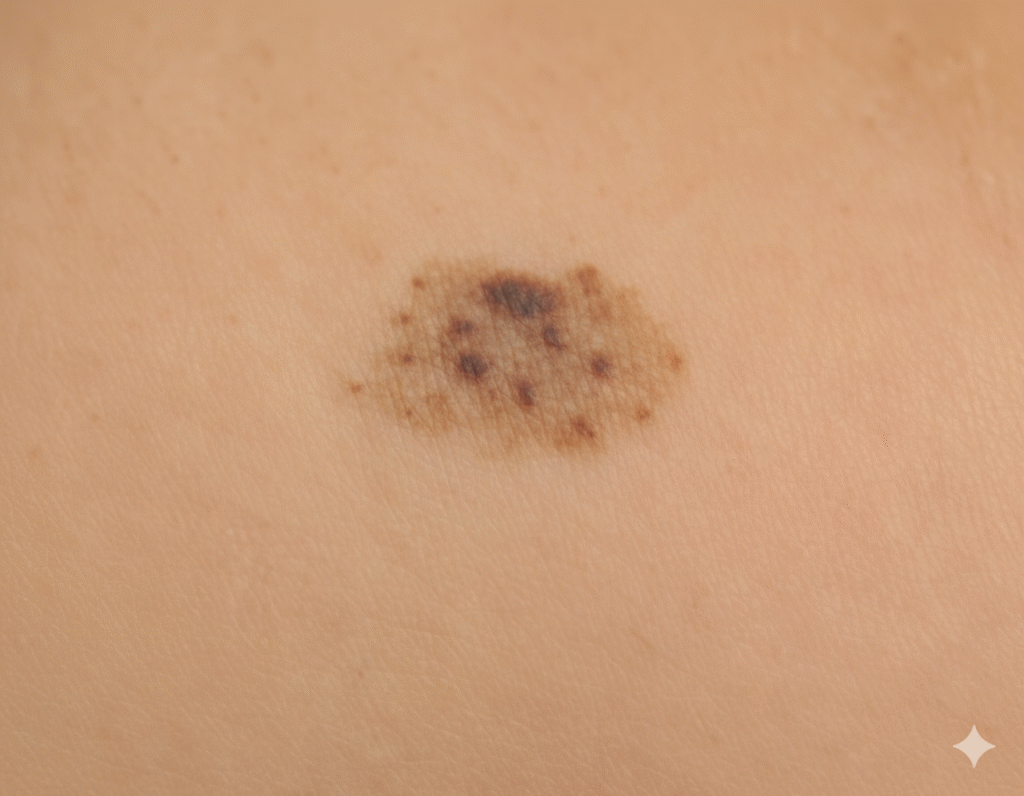
Nevi is the fancy, medical term for “moles”. Most of us have at least a few moles on our skin. Chances are that no two of yours look the same, because nevi come in a variety of sizes, shapes, colors and textures! Appearance and Characteristics of Speckled Nevi One type of birthmark is a “speckled […]
How Many Laser Treatments Will I Need for my and Milia?
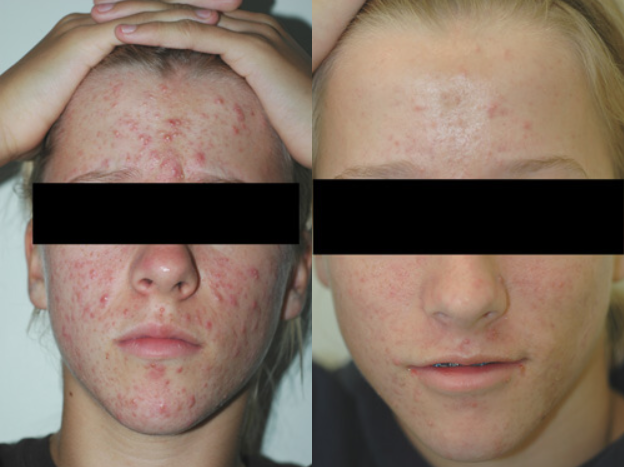
Living with acne can be tough. Its unpredictable nature, potential for scarring, and embarrassment it causes make it one of the hardest skin conditions to have. Celibre Medical has a safe, effective and targeted acne laser treatment program. We’ve helped many people just like you manage their acne without the use of harsh, drying topical […]
Before and After Photos of Our Laser Treatments
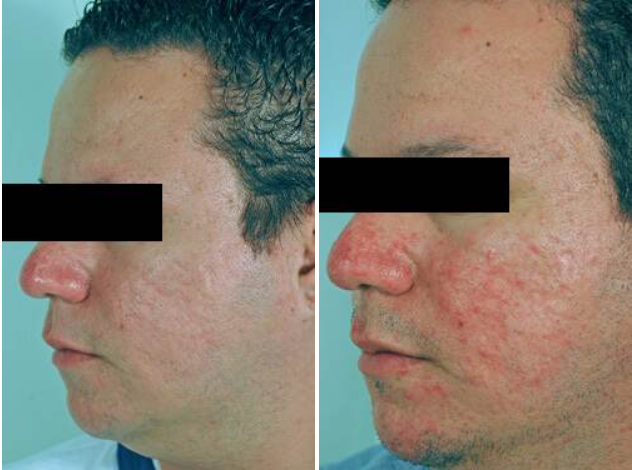
When you choose Celibre Medical for your laser dermatology needs, you are choosing one of the most experienced laser practices in the Los Angeles and Torrance areas. Our laser experience dates back to the mid 1990’s when CO2 resurfacing was one of the few lasers on the market. While we are proud of our history, […]
Is Laser Hair Removal Safe?
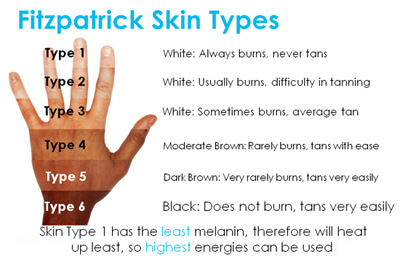
We get this question from patients almost every day. You might think we’d get tired of giving the same answer over and over, but we don’t. Our job is to give you the most accurate, up-to-date information about the conditions we treat and the procedures we perform. Helping people choose safe, effective, and life-changing treatments […]
Profractional Laser Resurfacing for Birthmark Removal

Medicine is a Practice The practice of medicine is sometimes just exactly that—a practice. While some problems have a very straightforward solution, many don’t. The practice of laser medicine is no different. At Celibre Medical, we have the laser knowledge and expertise to create an individualized laser treatment plan for you if you have an […]
